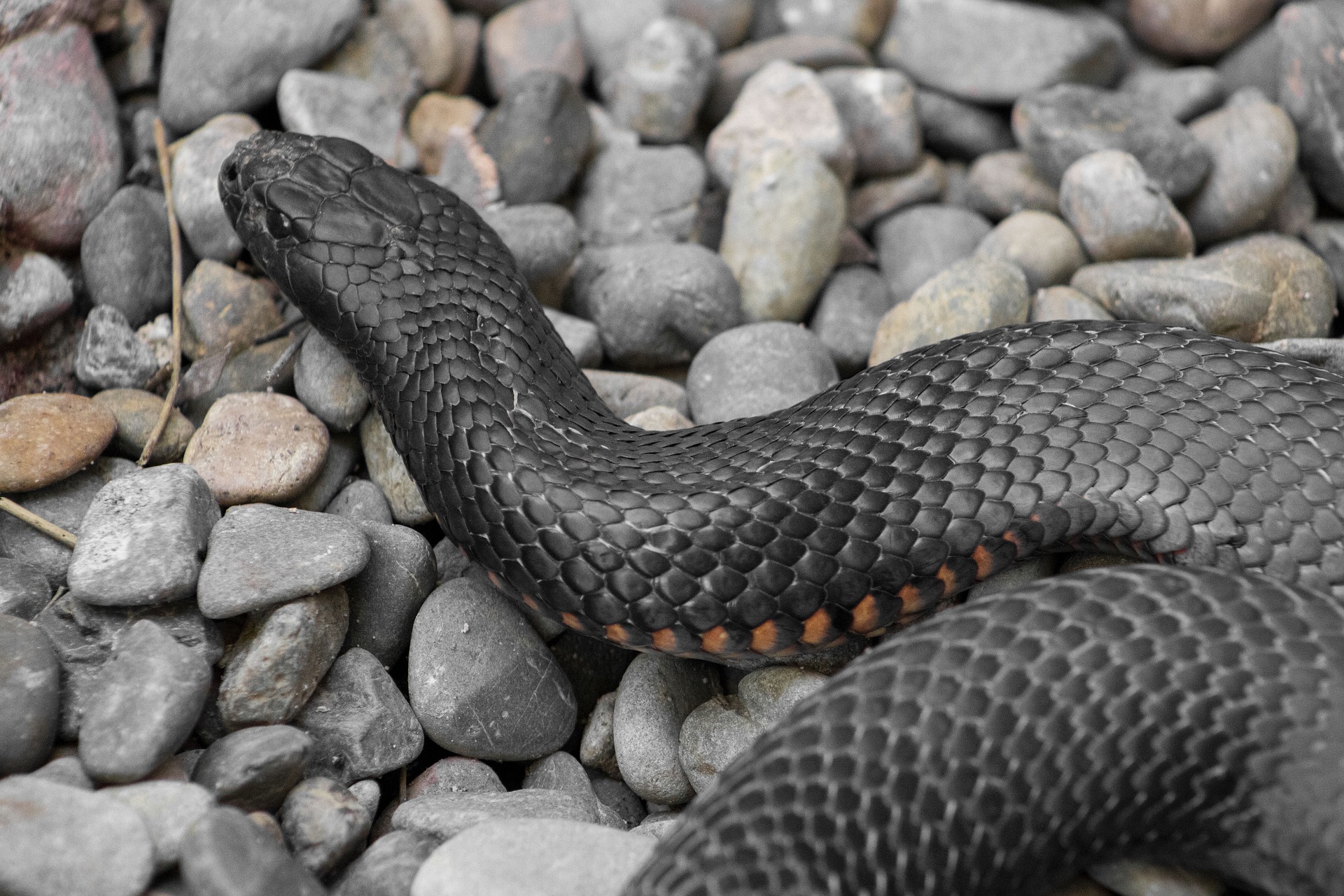Moving your snake to a new, larger enclosure is an important milestone in its life. As your serpentine friend grows, it requires more space to thrive and express natural behaviors. However, reptiles are sensitive creatures that can become stressed during environmental changes. A successful habitat transition requires careful planning, proper timing, and attention to your snake’s specific needs. This comprehensive guide will walk you through the process of upgrading your snake’s home while minimizing stress, ensuring your scaled companion remains healthy and comfortable throughout the move.
Understanding Why Habitat Upgrades Are Necessary
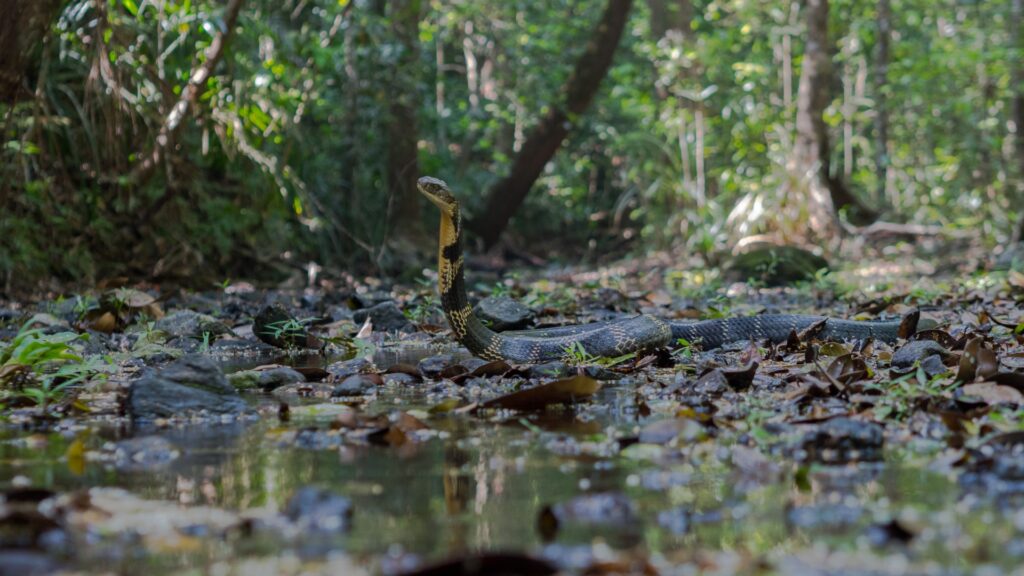
As snakes grow, they require proportionally larger living spaces to maintain their physical and psychological health. A cramped enclosure can lead to stress, muscle weakness, respiratory issues, and even stunted growth in developing snakes. Most species need enclosures that allow them to fully stretch out along at least two sides of their habitat, with sufficient height for climbing species like tree pythons or rat snakes. Beyond size considerations, maturing snakes may develop different temperature, humidity, or substrate preferences as they age, necessitating habitat modifications. Recognizing these changing requirements is fundamental to responsible snake keeping and demonstrates your commitment to providing optimal care throughout your pet’s life.
Signs Your Snake Has Outgrown Its Current Enclosure
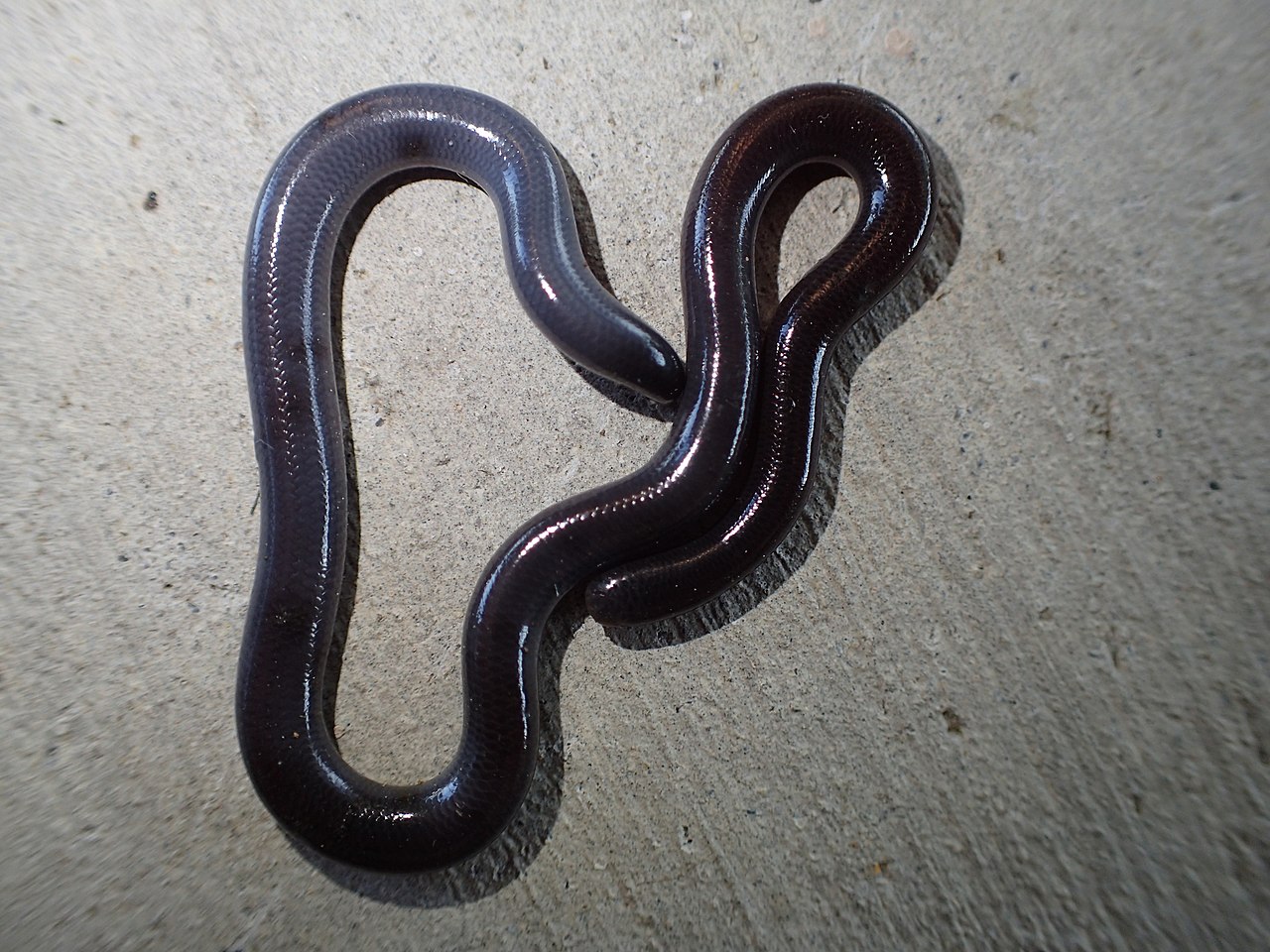
Before initiating a habitat transition, confirm your snake genuinely needs more space by watching for specific indicators. If your snake frequently presses against enclosure walls or glass, constantly explores the perimeter, or appears restless, these behaviors often signal spatial constraints. Physical signs include difficulty turning around comfortably, inability to stretch out fully, or awkward body positioning when resting. Some snakes may show decreased appetite or abnormal shedding patterns when housed in inadequate enclosures. Growth milestones vary by species, but generally, juvenile snakes may need habitat upgrades every 6-12 months during rapid growth phases, while adults typically require less frequent changes based on their final size.
Choosing the Right Size and Type of New Enclosure

Selecting an appropriate new habitat involves considerations beyond simply “going bigger.” As a general rule, most terrestrial snake species benefit from enclosures that provide floor space at least equal to the snake’s length × half its length, with height approximately half the snake’s length. Arboreal species require taller enclosures with substantial climbing opportunities. Material choices include glass terrariums, PVC enclosures, modified plastic storage containers, or custom-built wooden vivariums, each offering different benefits for heat retention, visibility, and security. Consider your snake’s adult size when purchasing to avoid frequent upgrades—ball pythons may reach 3-5 feet, corn snakes 4-6 feet, and some larger constrictors considerably more, requiring proportionally spacious accommodations.
Planning the Transition Timeline
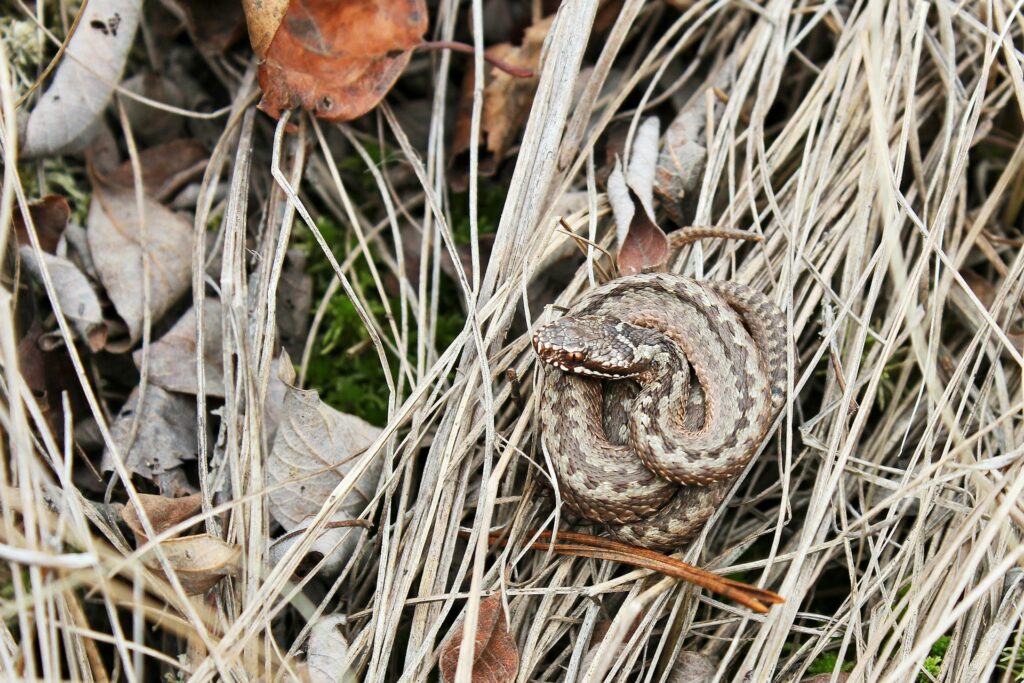
Timing your snake’s habitat upgrade strategically can significantly reduce stress during the transition. Avoid moving your snake during or immediately before a shed cycle, when they are naturally more sensitive and vulnerable. Similarly, postpone transitions for at least two weeks after feeding to prevent regurgitation, which can occur when snakes are handled or stressed with full stomachs. The ideal window occurs mid-cycle between sheds when your snake is demonstrating normal behavior, good appetite, and regular activity patterns. For particularly sensitive species or individuals, consider implementing the transition gradually over several weeks rather than all at once, allowing incremental adaptation to new surroundings.
Preparing the New Habitat in Advance
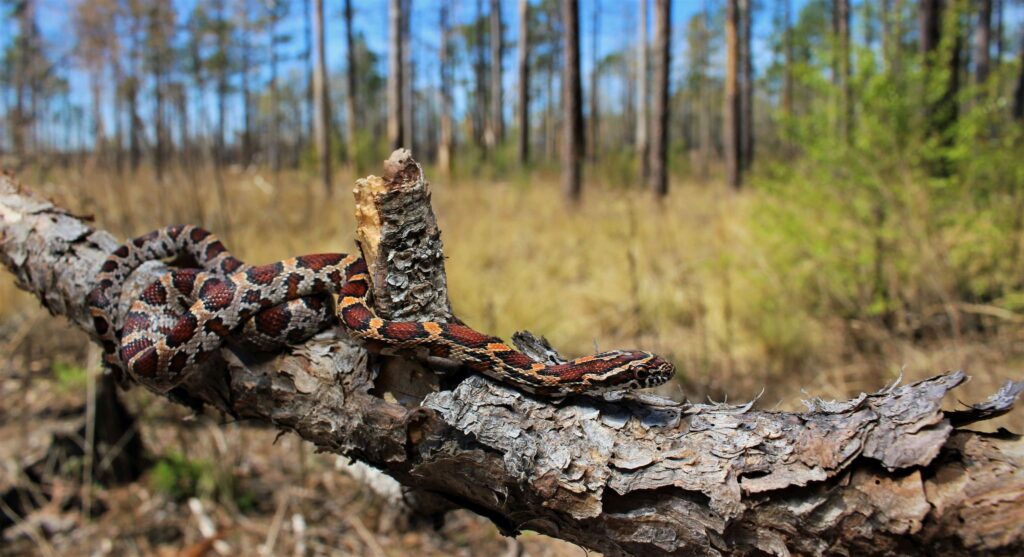
Set up the new enclosure completely at least 48-72 hours before introducing your snake to ensure all systems function properly. Install and test heating elements, UV lighting, thermostats, and humidity controllers to create a stable environment within your snake’s preferred temperature gradient and humidity range. Position hides strategically at both warm and cool ends of the habitat, ensuring they’re appropriately sized for your snake to feel secure when pressed against the walls of the hide. Add familiar substrates, decorations, water dishes, and climbing structures from the old enclosure to maintain scent familiarity. This preparation period allows the habitat to reach equilibrium, eliminating potentially stressful temperature or humidity fluctuations when your snake arrives.
Transferring Familiar Elements From the Old Enclosure
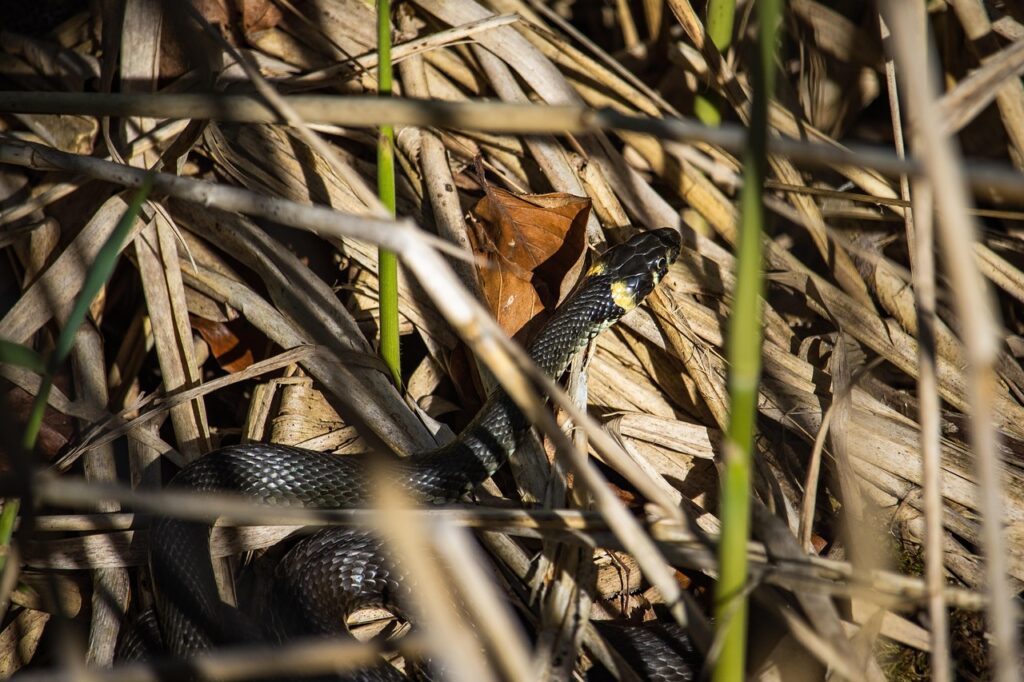
Snakes rely heavily on scent recognition for security, making the transfer of familiar objects essential during habitat transitions. Move unwashed substrate, hides, branches, and decorations directly from the old enclosure to the new one, preserving your snake’s scent markers that signal safety and territory. If using fresh substrate, consider mixing in approximately 25-30% of the old substrate to maintain familiar odors. Water bowls and feeding dishes should also be transferred without thorough cleaning to preserve scent continuity. For particularly sensitive species, some keepers even wipe the new enclosure walls with substrate from the old habitat, creating a more familiar olfactory environment throughout the new space.
The Proper Technique for Moving Your Snake

When physically transferring your snake to its new home, employ handling techniques that minimize stress and promote a sense of security. Choose a quiet time of day with limited household activity, ideally during your snake’s natural active period based on whether it’s diurnal or nocturnal. Use a snake hook or gentle hand support to lift your pet, maintaining proper body support throughout the transfer. Move deliberately but efficiently, avoiding sudden movements or loud noises that could startle your reptile. For particularly nervous species, consider placing them inside their favorite hide and transferring both together, allowing the snake to emerge on its own terms when it feels secure.
Creating a Stress-Reduction Environment After the Move
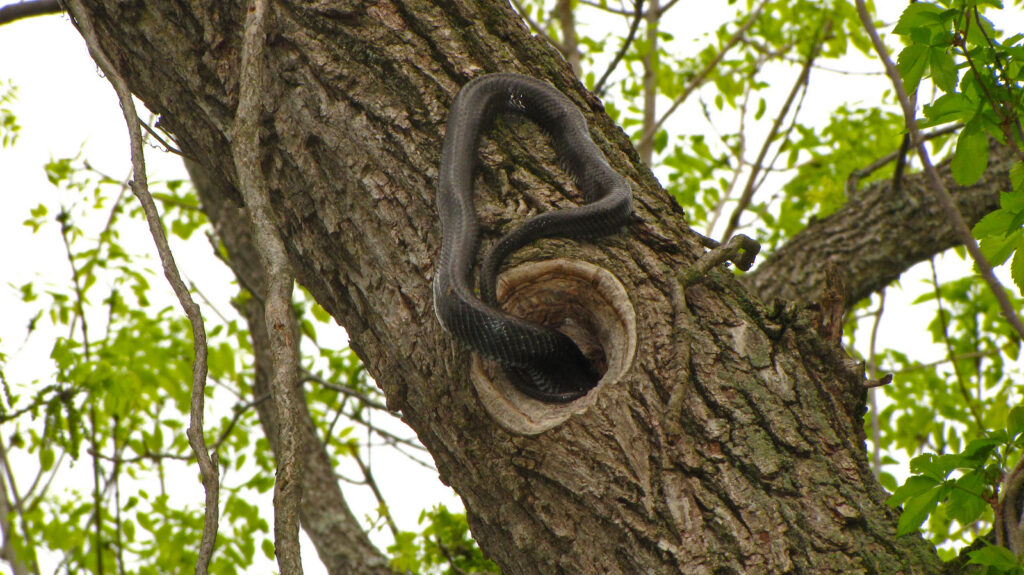
The first 48-72 hours after relocation represent a critical adjustment period requiring special consideration for your snake’s well-being. Minimize disturbances by covering portion of the enclosure with a light towel or sheet, reducing visual stimulation while still allowing proper ventilation and light cycles. Resist the urge to handle your snake during this period, even if it appears to be exploring comfortably. Keep the room quiet and traffic minimal, avoiding enclosure maintenance tasks that aren’t absolutely necessary. Some keepers find success with temporary lighting reductions or providing additional hide spaces during this transition phase, gradually returning to normal conditions as the snake shows signs of comfortable adaptation.
Monitoring Behavior and Health Post-Transition

Careful observation during the weeks following a habitat change helps identify and address any stress-related issues before they escalate. Normal adjustment behaviors include increased exploration, temporary hiding, and minor changes in activity levels that should normalize within 1-2 weeks. Concerning signs that warrant attention include prolonged refusal to eat (beyond typical feeding cycles), defensive posturing when not threatened, unusual breathing patterns, or irregular bowel movements. Document your snake’s behavior, feeding response, and physical condition during this period, noting gradual improvements as they acclimate. Most snakes return to normal behavioral patterns within 2-3 weeks, though sensitive individuals or species may require longer adaptation periods.
When to Resume Normal Feeding Schedules
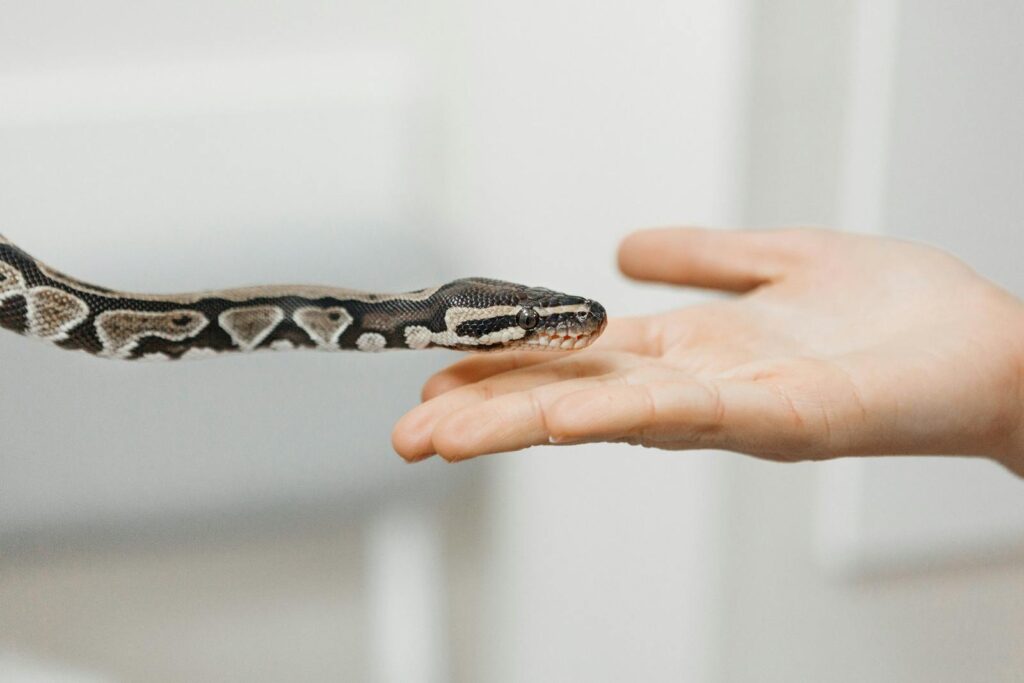
Maintaining appropriate nutrition during habitat transitions requires balancing your snake’s dietary needs with their stress levels. Most herpetologists recommend waiting at least 5-7 days after the move before attempting the first feeding, allowing your snake to become accustomed to its new surroundings. Start with a slightly smaller prey item than usual to encourage successful feeding and digestion. If your snake refuses food on the first attempt, wait another 5-7 days before trying again, rather than offering food more frequently which can increase stress. Some species may skip 1-2 meals during major transitions without health concerns, but prolonged fasting beyond their normal feeding cycle warrants consultation with a reptile veterinarian.
Special Considerations for Different Snake Species
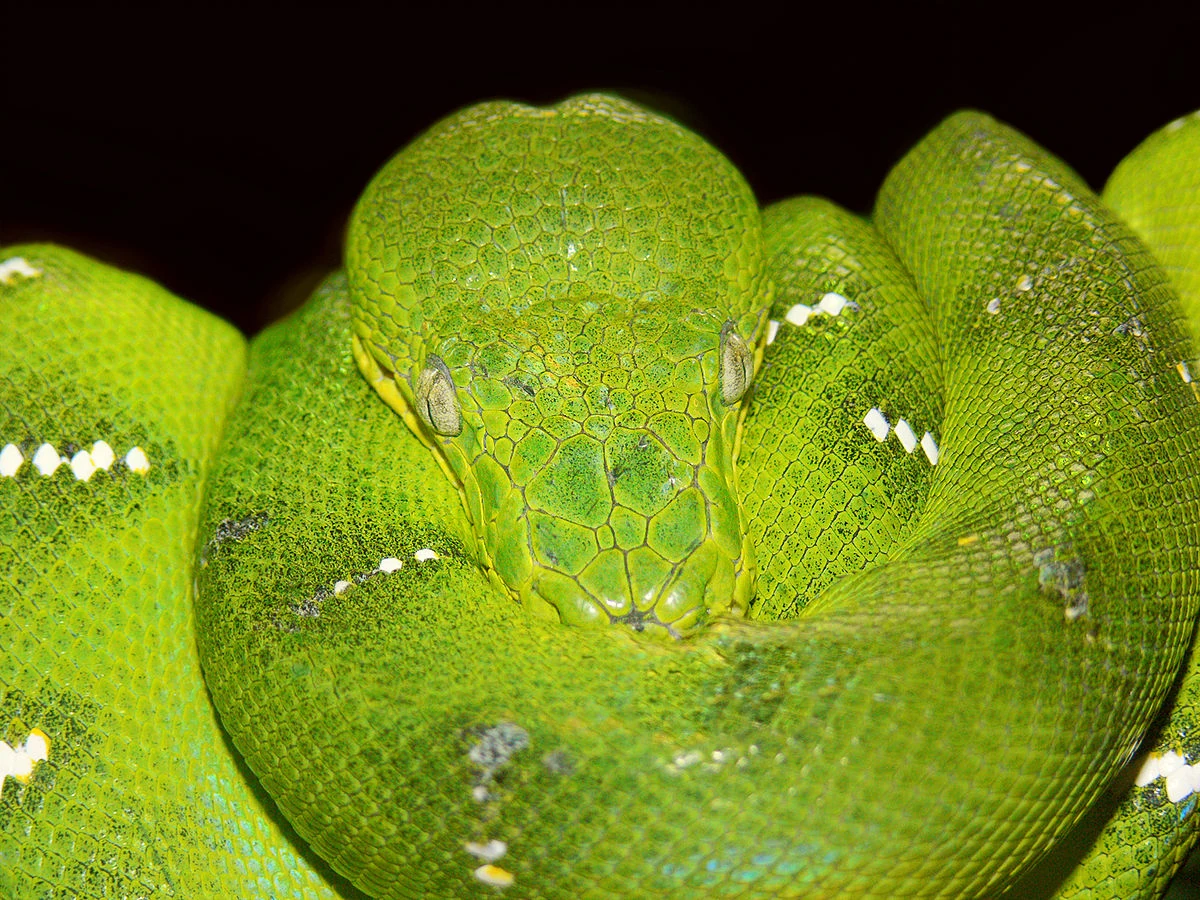
Different snake species exhibit varying sensitivity levels to environmental changes based on their natural behaviors and temperaments. Arboreal species like green tree pythons and emerald tree boas may experience more significant stress during transitions if climbing opportunities and height requirements aren’t adequately addressed in the new habitat. Fossorial (burrowing) species such as sand boas and children’s pythons require transfers of their burrowing material with established tunnels when possible. Highly defensive species like some hognose varieties or blood pythons benefit from additional visual barriers and hide options during transitions. Research your specific species’ natural history and behavioral tendencies to anticipate and address their particular needs during the relocation process.
Troubleshooting Common Transition Problems

Even with careful planning, some snakes may experience adjustment difficulties requiring targeted interventions. If your snake refuses multiple meals, try feeding at different times of day, warming prey items slightly more than usual, or using scent enhancement techniques like braining (exposing brain matter on rodent prey) to stimulate feeding responses. For snakes showing excessive stress behaviors like constant movement or striking at glass, temporarily reducing ambient light and covering three sides of the enclosure can provide additional security. If normal defecation patterns change, check humidity levels and provide occasional warm water soaks to support healthy digestion and elimination. Persistent problems lasting beyond 3-4 weeks may require consultation with an experienced reptile veterinarian to rule out underlying health concerns.
Long-Term Benefits of Proper Habitat Transitions
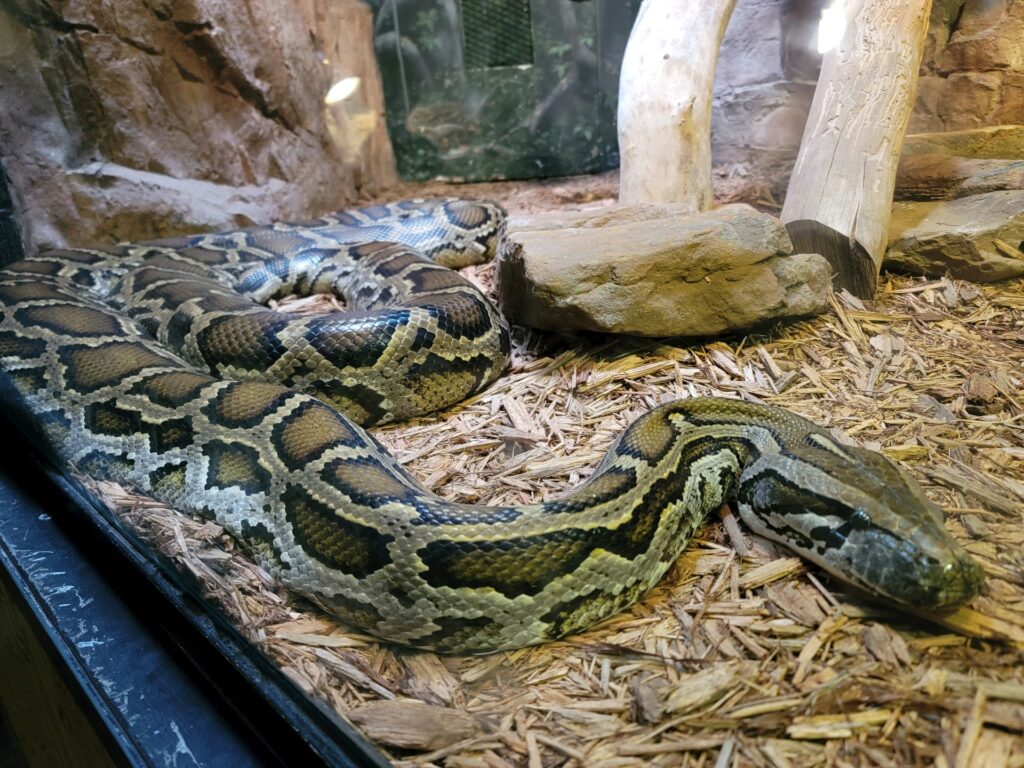
Successfully transitioning your snake to a spacious, appropriately designed habitat yields significant benefits beyond mere physical accommodation. Snakes in properly sized enclosures typically demonstrate more natural movement patterns, stronger muscle tone, and improved physical condition through regular exercise. Many keepers report enhanced feeding responses, more regular shedding cycles, and reduced stress-related behaviors following thoughtful habitat upgrades. From a husbandry perspective, larger enclosures often allow for more stable temperature gradients and humidity levels, reducing the need for constant environmental adjustments. Perhaps most rewarding, adequate space enables your snake to express its full repertoire of natural behaviors, providing fascinating observation opportunities that deepen your connection with your reptilian companion.
Habitat transitions represent significant life events for captive snakes, requiring thoughtful preparation and execution to maintain their physical and psychological well-being. By understanding your snake’s specific needs, creating familiar elements within the new environment, and allowing appropriate adjustment time, you can make these necessary upgrades positive experiences. Remember that each snake is an individual with unique temperament and adaptation abilities, requiring personalized approaches based on close observation and response. With patience and attention to detail, your scaled companion will soon be exploring and enjoying all the benefits their spacious new home provides, setting the foundation for years of healthy living in their improved habitat.

